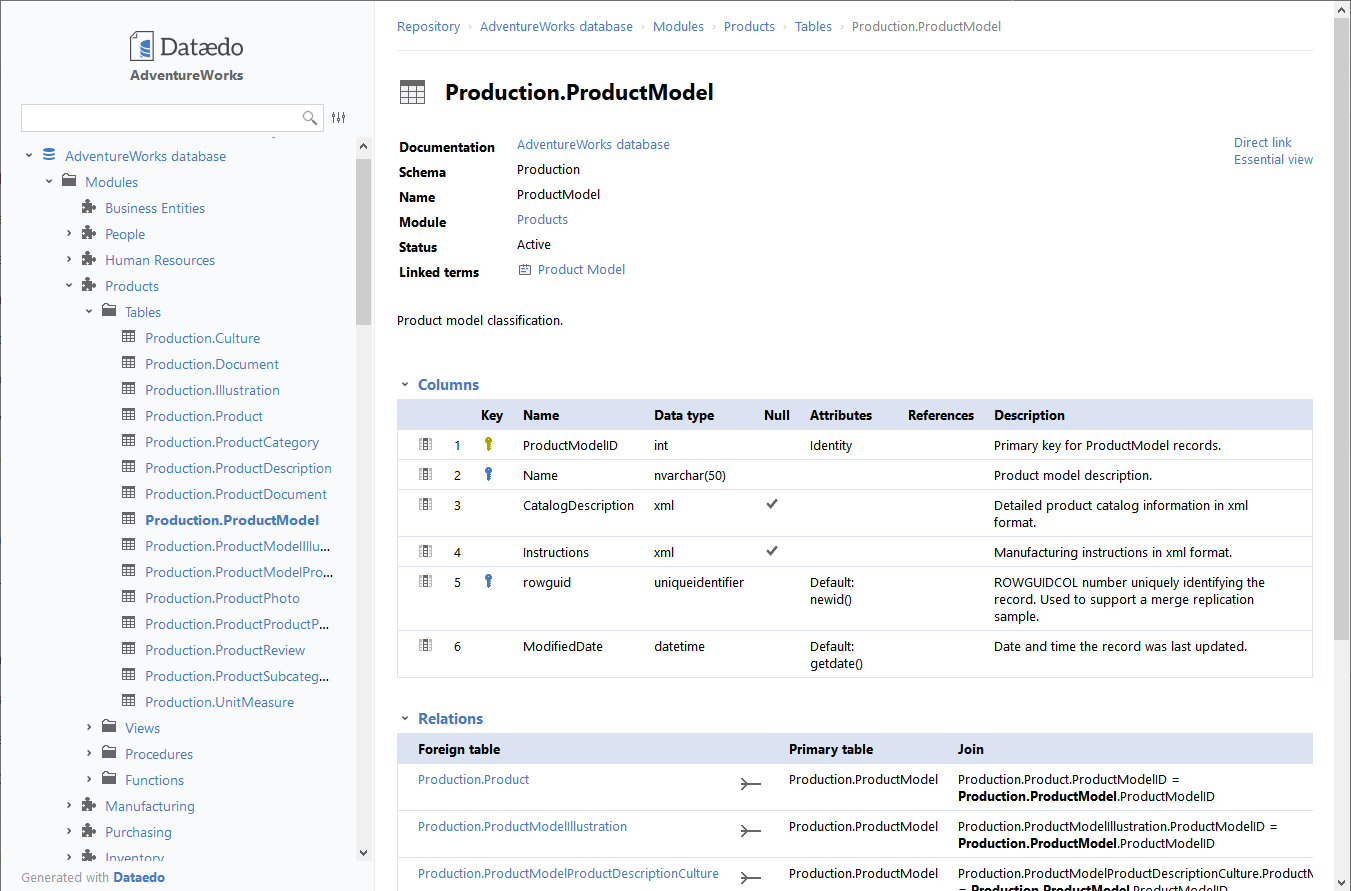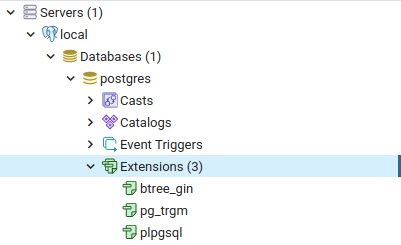
Temporary tables are automatically dropped at the end of a session, or optionally at the end of the current transaction (see ON COMMIT below). If specified, the table is created as a temporary table. To be able to create a table, you must have USAGE privilege on all column types or the type in the OF clause, respectively.

Every column constraint can also be written as a table constraint a column constraint is only a notational convenience for use when the constraint only affects one column. A table constraint definition is not tied to a particular column, and it can encompass more than one column. A column constraint is defined as part of a column definition. There are two ways to define constraints: table constraints and column constraints.

A constraint is an SQL object that helps define the set of valid values in the table in various ways. The optional constraint clauses specify constraints (tests) that new or updated rows must satisfy for an insert or update operation to succeed.

Therefore, tables cannot have the same name as any existing data type in the same schema. The name of the table must be distinct from the name of any other table, sequence, index, view, or foreign table in the same schema.ĬREATE TABLE also automatically creates a data type that represents the composite type corresponding to one row of the table. Temporary tables exist in a special schema, so a schema name cannot be given when creating a temporary table.

Otherwise it is created in the current schema. ) then the table is created in the specified schema. If a schema name is given (for example, CREATE TABLE myschema.mytable. The table will be owned by the user issuing the command. CREATE ]ĬREATE TABLE will create a new, initially empty table in the current database.


 0 kommentar(er)
0 kommentar(er)
